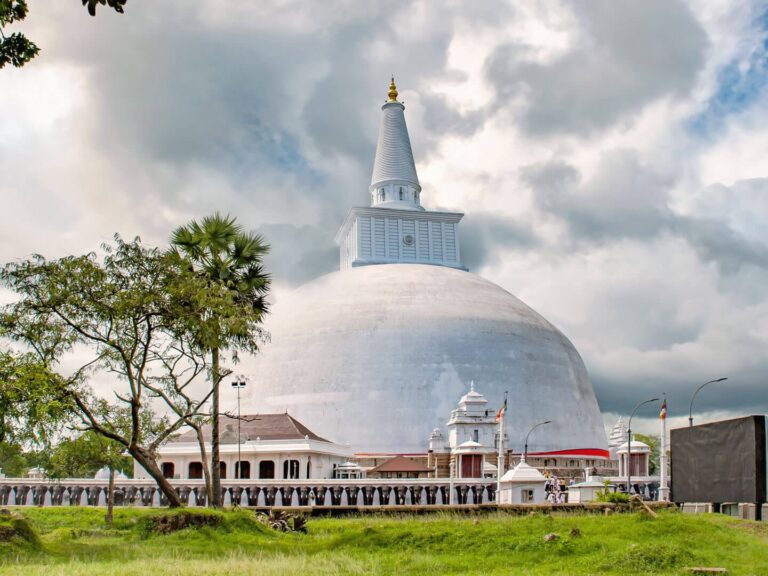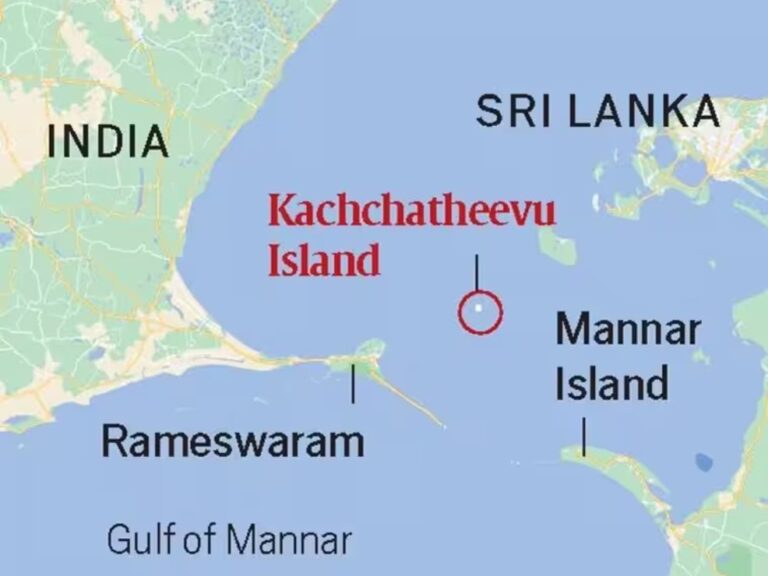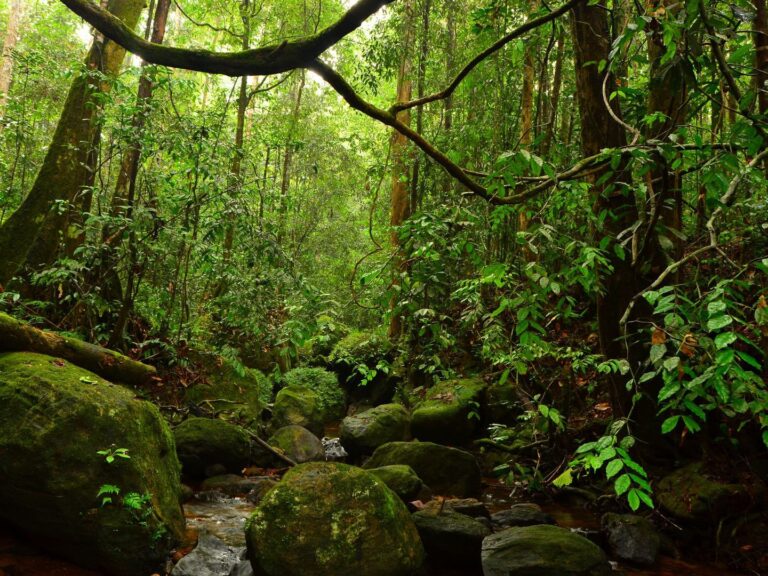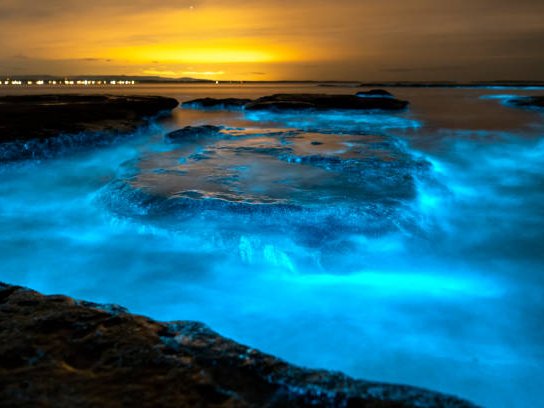From Rebels to Rangers: Can Sri Lanka Transform Ex-Combatants into World-Class Wildlife Guides?
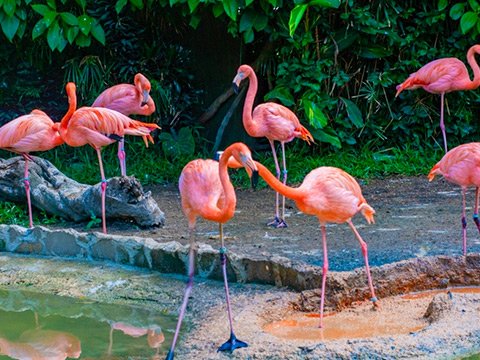
Learning from Rwanda’s Gorilla Guardians Model for Post-Conflict Tourism
Introduction: Healing the Land, Healing the People
Sri Lanka is no stranger to paradox. We are an island blessed with unmatched natural beauty—wild elephants roaming freely, leopards haunting the shadows of Yala, blue whales patrolling the southern seas, and birds from Siberia finding winter refuge in our lagoons. Yet, while our biodiversity is a global treasure, our human capital—particularly in the Northern and Eastern provinces—remains deeply underutilized.
Fifteen years after the end of the civil war, scars of conflict still shape the lives of thousands. Ex-combatants, war widows, and unemployed youth face limited opportunities. The official unemployment rate may hover at 4.7% nationally, but in the North, youth unemployment is nearly three times higher, with hidden underemployment widespread. Many live hand-to-mouth, despite sitting at the doorstep of vast wildlife wealth.
Tourism, if designed inclusively, could be the bridge. In 2023, Sri Lanka welcomed 1.49 million tourists, generating USD 2.07 billion in earnings. But this is still less than half the USD 4.4 billion earned in 2018. Moreover, over 80% of these visitors cluster around Colombo, the Cultural Triangle, and the southern coast, leaving the North and East outside the mainstream tourism map.
Could Sri Lanka learn from Rwanda’s Gorilla Guardians model—where ex-combatants of a bloody civil war became world-class guides, narrators, and conservationists—to create a new brand of “Reconciliation Safaris”?

Rwanda’s Gorilla Guardians: From War to World Heritage
In the 1990s, Rwanda was synonymous with genocide. The killing of nearly 800,000 people in 100 days left behind broken communities, mass trauma, and international isolation. Yet, within two decades, Rwanda reinvented itself as one of Africa’s most successful conservation economies.
The Volcanoes National Park, home to the last mountain gorillas, became the centerpiece. But instead of excluding locals, Rwanda trained ex-combatants, widows, and former poachers as Gorilla Guardians. They were equipped with guiding skills, foreign languages, conservation ethics, and—most importantly—storytelling techniques. Tourists paying USD 1,500 per gorilla trekking permit are not only financing conservation but also reconciliation.
The model has transformed Rwanda:
- Gorilla tourism generates USD 250 million annually, nearly 15% of Rwanda’s GDP.
- 10% of revenues are reinvested into local communities.
- Ex-combatants who once destroyed now protect, earning dignity and status.
This success story demonstrates a crucial lesson: wildlife and reconciliation can walk hand in hand.
Why Sri Lanka Needs a Similar Model
Economic and Social Imperatives
Sri Lanka’s Northern and Eastern provinces face structural economic stagnation. While Colombo prospers from remittances, IT, and tourism, the North and East lag behind. Key realities:
- Poverty: Over 40% of households in the North were below the poverty line in 2022 (Department of Census & Statistics).
- Youth unemployment: Nearly 15%, with educated but idle graduates.
- Social stigma: Ex-combatants often face distrust, leaving them excluded from mainstream jobs.
Yet, these provinces are rich in wildlife assets:
- Mannar: The Vankalai Sanctuary, hosting over 150 migratory bird species, including flamingos.
- Trincomalee: One of the world’s best bays for whales and dugongs.
- Vavuniya: An elephant corridor connecting Wilpattu and the Eastern jungles.
- Kilinochchi & Mullaitivu: Forested wetlands with untapped safari potential.
If trained as professional guides, ex-combatants and local youth could transform these landscapes into globally competitive destinations

Human Stories: Voices of Transformation
To ground this in reality, here are six profiles of individuals who already embody the seeds of such a transformation.
1. Sivapalan (Bird Guide, Mannar)
A former fighter, Sivapalan turned to guiding after attending a local birdwatching workshop. Today, he identifies 40 species by call and takes visiting ornithologists into Vankalai.
“Before, I only knew the sound of gunfire. Now I know the call of the curlew and the flamingo. Tourists respect me, not fear me.”
2. Jeevani (Widow, Vavuniya)
Widowed first by war and later losing a relative to elephant conflict, Jeevani now educates visitors on coexistence.
“People come to see elephants. We live with them, sometimes in fear, sometimes in awe. If tourists understand our struggle, they will respect both us and the elephants.”
3. Arul (Youth Trainee, Kilinochchi)
At 24, unemployed for years, Arul joined a pilot marine biodiversity program.
“My dream is to guide tourists to see dugongs in Palk Bay. I am learning English and marine biology now. For me, it’s not just a job—it’s a second life.”
4. Fatima (Fisherwoman, Mannar Coast)
A Muslim fisherwoman balancing economic hardship with conservation, Fatima began supporting dugong tours.
“When the sea is rough, I can still earn by guiding visitors. I want the dugongs to survive, because if they vanish, our identity vanishes too.”
5. Suresh (Former Soldier, Trincomalee)
Once stationed as a soldier in the East, Suresh now works as a safari driver.
“I fought here. Now I protect here. That is reconciliation. Tourists are surprised when I tell them bunkers once stood where elephants now roam.”
6. Rev. Francis (Community Leader, Jaffna Peninsula)
A Catholic priest turned conservation advocate.
“For years, outsiders knew our land only as a battlefield. Today, they come for flamingos, elephants, and peace. If ex-combatants guide them, the message is powerful: the war is over, and healing has begun.”
The Human–Elephant Conflict: A National Challenge
Sri Lanka’s elephant crisis is both ecological and human. In 2023, 176 people and 470 elephants were killed—the highest toll of any country. Train collisions killed 24 elephants in 2023 and 9 more in the first months of 2024.
Training ex-combatants and rural youth as human-elephant coexistence educators could serve dual purposes:
- Protecting elephants.
- Providing meaningful livelihoods for marginalized communities.
Global Case Studies for Inspiration
- Rwanda – Gorilla Guardians turned genocide survivors into conservation heroes.
- Uganda – Bwindi Impenetrable Forest employs former poachers as “Batwa cultural interpreters.”
- Nepal – Ex-military youth retrained as rhino protectors in Chitwan National Park.
- Cambodia – Khmer Rouge veterans employed as forest rangers.
- South Africa – Apartheid-era soldiers re-employed as community game scouts.
- Colombia – FARC ex-combatants engaged in eco-tourism and cacao farming.
Each of these models demonstrates the power of transforming fighters into protectors
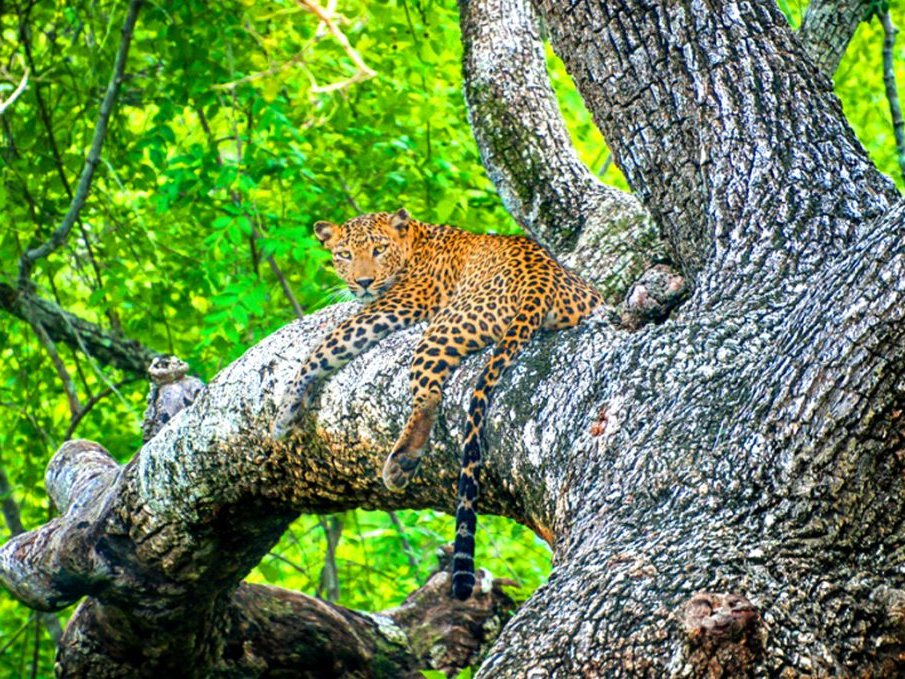
Economic Potential
- Attracting just 50,000 high-spending eco-tourists annually × USD 200 per safari = USD 10 million in direct revenue.
- Creation of 2,000+ jobs across guiding, logistics, crafts, and hospitality.
A differentiated brand for Sri Lanka in the global tourism market: not only wildlife but also peacebuilding tourism.
Challenges and Ethical Safeguards
- Community Trust: Locals must see benefit sharing (10% reinvestment, as in Rwanda).
- Gender Inclusion: Women like Jeevani and Fatima must be central, not peripheral.
- Trauma Sensitivity: Training must include counseling, ensuring guides are not exploited.
- Legal Safeguards: Full compliance with Sri Lankan labor, IP, and cultural rights laws.
Conclusion: From Guns to Guides
Sri Lanka has long sold its beaches, culture, and elephants. But perhaps its greatest story remains untold: the possibility of turning ex-combatants into guardians of peace and wildlife.
Rwanda showed the world that dignity can be restored through conservation. Sri Lanka too can pioneer a tourism model where every safari is not just about spotting an elephant or a whale, but about hearing Sivapalan’s bird calls, learning from Jeevani’s resilience, sharing Arul’s dreams of dugongs, and witnessing Suresh’s reconciliation. This is more than tourism—it is healing the land by healing its people.
Disclaimer
This article has been authored and published in good faith by Dr. Dharshana Weerakoon, DBA (USA), based on publicly available data from cited national and international sources (e.g., Sri Lanka Tourism Development Authority, Central Bank of Sri Lanka, international tourism monitors, conservation bodies), decades of professional experience across multiple continents, and ongoing industry insight. It is intended solely for educational, journalistic, and public awareness purposes to stimulate discussion on sustainable tourism models. The author accepts no responsibility for any misinterpretation, adaptation, or misuse of the content. Views expressed are entirely personal and analytical, and do not constitute legal, financial, or investment advice. This article and the proposed model are designed to comply fully with Sri Lankan law, including the Intellectual Property Act No. 52 of 1979 (regarding artisan rights and design ownership), the ICCPR Act No. 56 of 2007 (ensuring non-discrimination and dignity), and relevant data privacy and ethical standards.
✍ Authored independently and organically through lived professional expertise—not AI-generated.
Further Reading: https://dharshanaweerakoon.com/fathom-five-fisheries-pioneering-underwater-culinary-journeys-in-trincomalees-historic-shipwreck-alley/
Additional Reading: https://www.linkedin.com/pulse/from-rebels-rangers-can-sri-lanka-transform-wildlife-dr-dharshana-a4ebc/?trackingId=s03i6G8fCGp4SkCjFxYYCg%3D%3D

